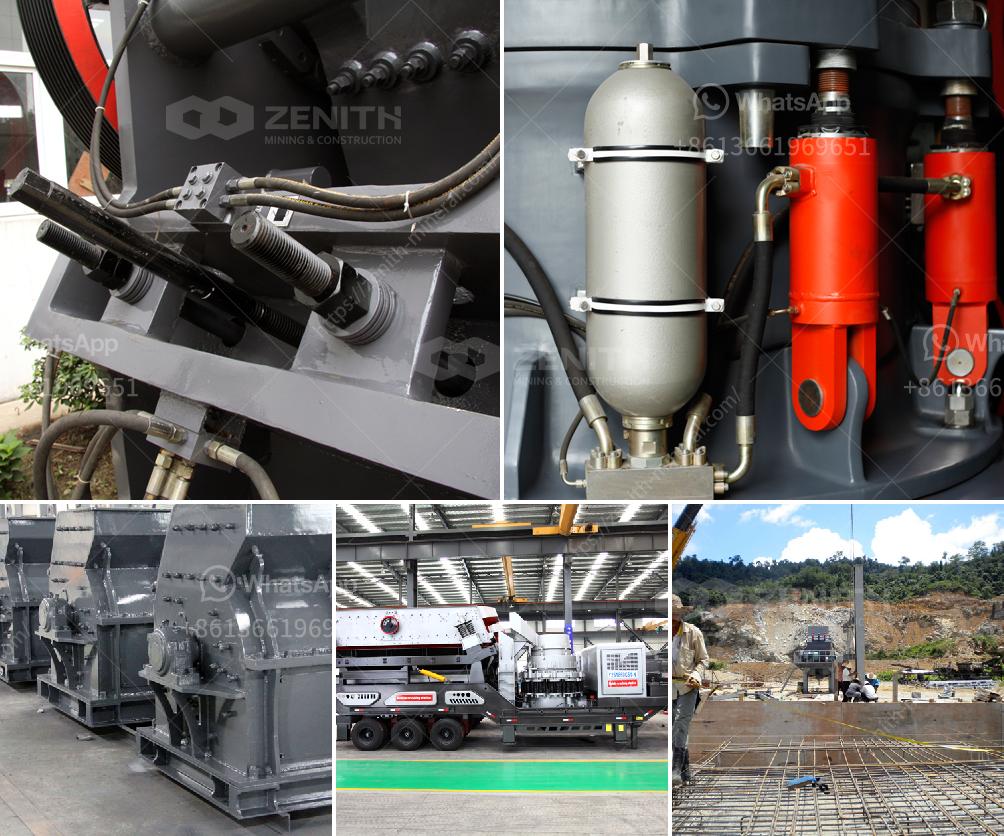Calculating the energy consumption of a ball mill requires understanding several key factors and employing a formula or method tailored for this purpose. Here's a step-by-step process:
Understand Key Parameters:
Use the Bond Formula: The Bond Work Index formula is a common method for calculating energy consumption: \[ E = 10 \cdot Wi \left( \frac{1}{\sqrt{P80}} - \frac{1}{\sqrt{F80}} \right) \] Where:
Determine Power Consumption: The actual power consumption can also be calculated if the mill's operational parameters are known.
Empirical Power Formula: \[ P = \frac{E \times T}{\eta} \] Where:
Measurement & Calibration: If possible, measure real-time power consumption using a power meter. Compare calculated values with actual data and adjust parameters accordingly.
Consult Manufacturer's Data: Mill manufacturers often provide guidelines and calculated data for specific materials and operational conditions.
Remember to consider all safety and operational guidelines when working with milling equipment and wear appropriate personal protective equipment (PPE).
